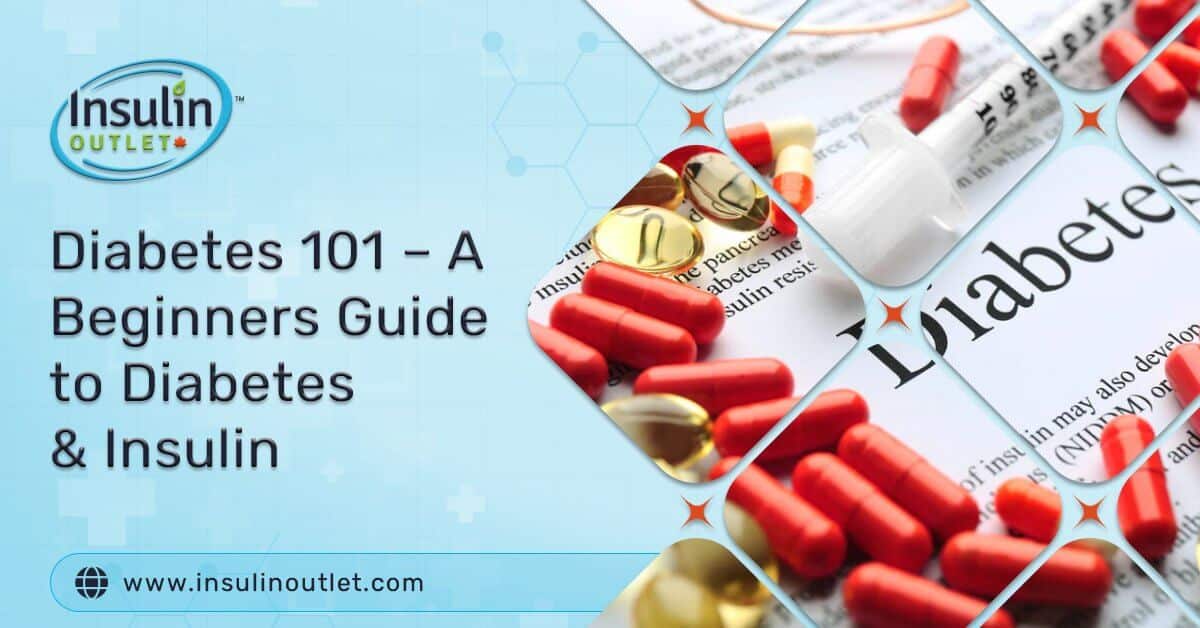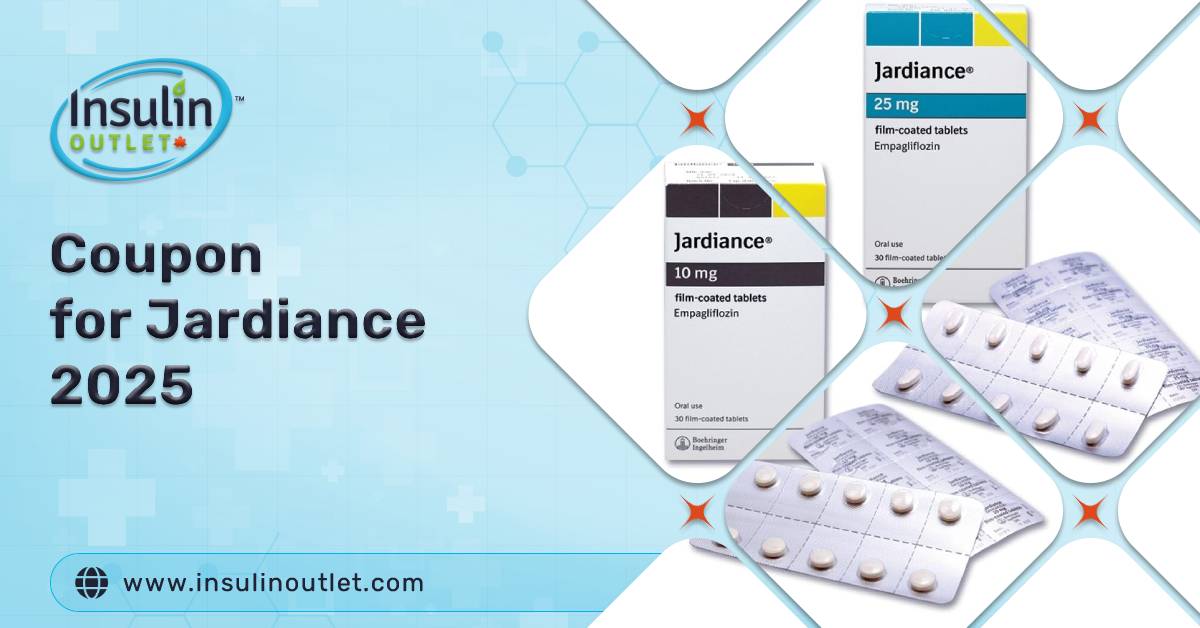
Diabetes is a disorder identified by high blood sugar levels that result from complications with insulin activity Either your body does not produce insulin (type 1 diabetes), or your body does not correctly use the insulin that it does have (type 2 diabetes). Type 1 diabetics can also be known as insulin-dependent diabetics.
Table Of Contents
ToggleInsulin and Diabetes
The hormone insulin is created in your pancreas and manages your metabolism. It helps your body use the sugar from your food as energy for your body. It’s involved in the breakdown of sugars, fats, and proteins, and it’s essential in controlling your blood sugar levels. Insulin balances your blood sugar levels by decreasing them if they begin to soar. It occupies sugar from your bloodstream, processes it, and allocates it to your fat, liver, and skeletal muscle cells. It blocks sugar production in your liver and helps to release sugar from your liver into your blood. Insulin also prompts your body to store the excessive sugar when there is a surplus of it in your blood. The stored sugar is rereleased when your blood sugar levels drop, such as between meals or when you engage in physical activity. Insulin is available in a wide arrange of forms including: KwikPens, vials and cartridges.
There are a different insulins that perform the same task but at different times. For example, Novolin and Humulin (insulin isophane) are considered intermediate insulins, as they start off slow but have a long duration. While others like Tresiba (insulin degludec), provide a low steady level of insulin.
Fun Fact: Frederick Banting and John Macleod won the Nobel Peace Prize by being the first to discover insulin during their time at the University of Toronto (1923).
Type 1 Diabetes (T1D)
Type 1 (which can also be called: insulin-dependent or juvenile diabetes) develops from your pancreas’ inability to produce insulin for your body. This is due to the loss or affiliation of beta cells within your pancreas.
To this day, the exact cause of type 1 remains a mystery. However, it is commonly believed to involve a combination of environmental and genetic factors.

The underlying mechanism of beta-cell problems appears to involve an auto-immune attack. Auto-immune reactions occur when your body’s defense system mistakenly targets its cells and harms them. With diabetics, the immune system may seek and target the beta cells within the pancreas.

Type 2 Diabetes (T2D)
Type 2 (90% of all diabetics) can also be known as adult-onset or insulin resistance. T2D takes place when your body cannot activate the insulin that is being produced naturally. As the disorder progresses, insulin production may stop altogether. On average, it develops after the age of 35. Recently, there has been an alarming number of young people emerging as type 2 diabetics. It primarily develops due to lifestyle factors, including overeating, obesity, and lack of exercise.
Some people with type 2 are lucky enough to manage their diabetes through a healthy diet and regular exercise. However, others may need to use diabetic medications or insulin to help regulate their blood sugar levels.To see a wide variety of insulin at live-saving prices, check out our pharmacy!
Gestational Diabetes
Gestational diabetes is also another form which focuses on pregnant women. It is a temporary diabetic condition in which pregnant women (who never had a history of diabetes) develop high blood sugar levels during their pregnancy. However, it is important to note that it only affects pregnant women between two to four percent. GD increases the chance of experiencing depression, pre-eclampsia, and Caesarean section. Babies born to mothers who have not treated their gestational diabetes with care face an increased risk of having low blood sugar upon birth. This is due to the mother’s high blood sugar moving into the baby’s bloodstream and prompting the pancreas to start producing insulin. Babies may also become too large and have an increased risk of jaundice. These children are also at a higher risk of becoming overweight and developing T2D later in life.
Diabetic studies and insulin are continually changing as science improves throughout time. This article gives a short summary of three common of diabetes: type 1, type 2, and gestational. The information provided just cracks the surface of diabetic and insulin research. For more information please check out our other articles!
Share:












